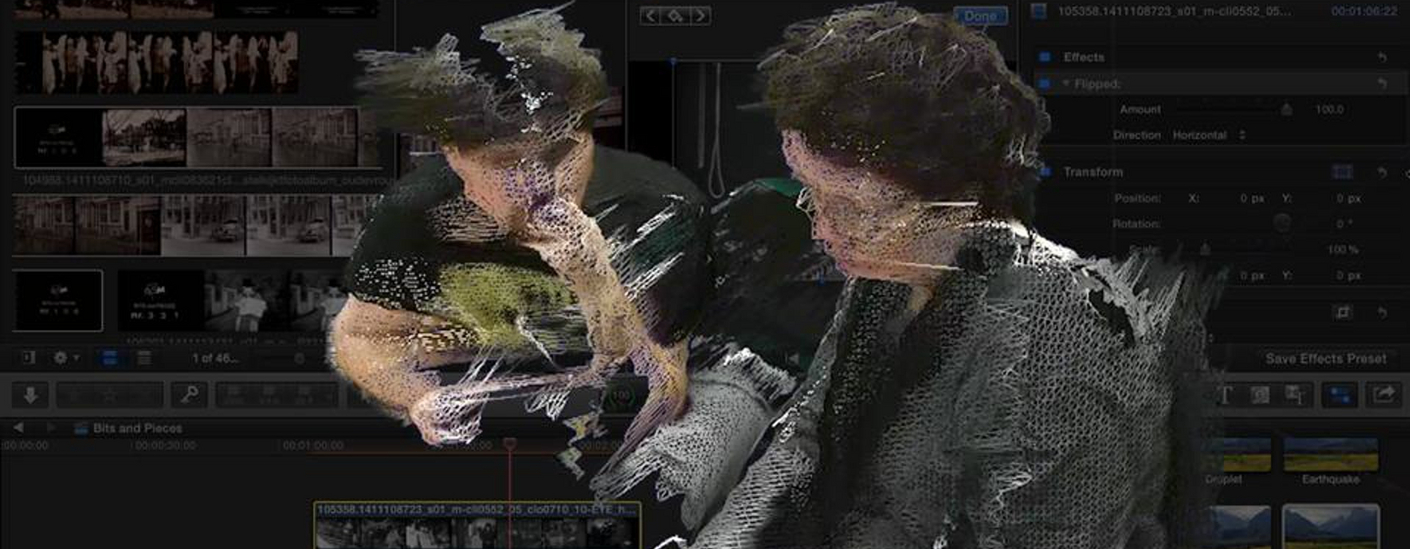Stanislaw Liguzinski is currently preparing his PhD dissertation “Gestures of Video Essay: Thinking in and Through Film”, which revolves around the practices of making audiovisual essays, and forms of knowledge production enabled by the “essayistic gestures”.
The essay film tends to be treated as a genre distinguished by its characteristic features such as subjectivity or hybridity, and a tendency to blend contradictory orders – theory with practice, knowledge with emotions, facts with fiction. Liguzinski expands on the meaning of the “essay” by reconnecting it to its root, which derives from “an attempt” - an act of exploration, constantly repeated to grasp phenomena in the very process of their description. Viewed as such, the essay is not a genre, but rather an attitude, a cognitive and artistic method that doesn’t stick to established forms and figures, but forces one to reinvent them, revising one’s assumptions, point-of-view and modes of expression every step of the way.
Liguzinski sees the essay as a mode of thinking ‘occasioned by’ an object at hand and facilitated through the engagement with a particular medium. In this process, a subjective point of view is constantly refracted through various intersubjective layers of cinematic devices and registers. In the essayistic method, gestures of editing, character/persona building, staging, storytelling, juxtaposing or quoting are initially employed not as means to an end, but as research devices that help interrogate the material. Tapping into the heterogeneity of essay, employing different cinematic devices and diverse registers, Liguzinski wants to explore and identify a multitude of vantage points from which researchers can interact with their objects. The goal of his work is to explore essay as a flexible, customizable frame of thinking through making, which allows for defamiliarization of the POV, objects and methods through experimentation.
Tracing the historical development of essayistic forms and analysing the models of production, distribution and reception of video essays, Liguzinski aims to distinguish the characteristic features of the dispositif (the sum of technical, institutional and cultural factors constituting the ‘conditions of possibility’ for the emergence of a given phenomenon) of video essayistic practice. The stake of the work is to try to define a set of the “essayistic gestures”, meant as clusters of physical actions and cognitive practices involved in the process of producing audiovisual essayistic forms.
Appropriating Villem Flusser's phenomenology of gesture, Liguzinski seeks to identify the epistemological implications of using methods based on physical interference with the film material under study (albeit mediated by digital image and sound processing tools). Liguzinski supplements his theoretical reflection with a series of experiments involving the production of video essays, and immersive works, conducting interviews and facilitating collaborations. Such objectives require specific means and conditions of production, which provide makers with the most precious of resources – the time, and the space to make attempts, fail, experiment and test various assumptions. Part of Liguzinski’s practice-based research is dedicated to establishing conditions (in education and production contexts), which allow for the trial-and-error essayistic processes.
- Year
2021
